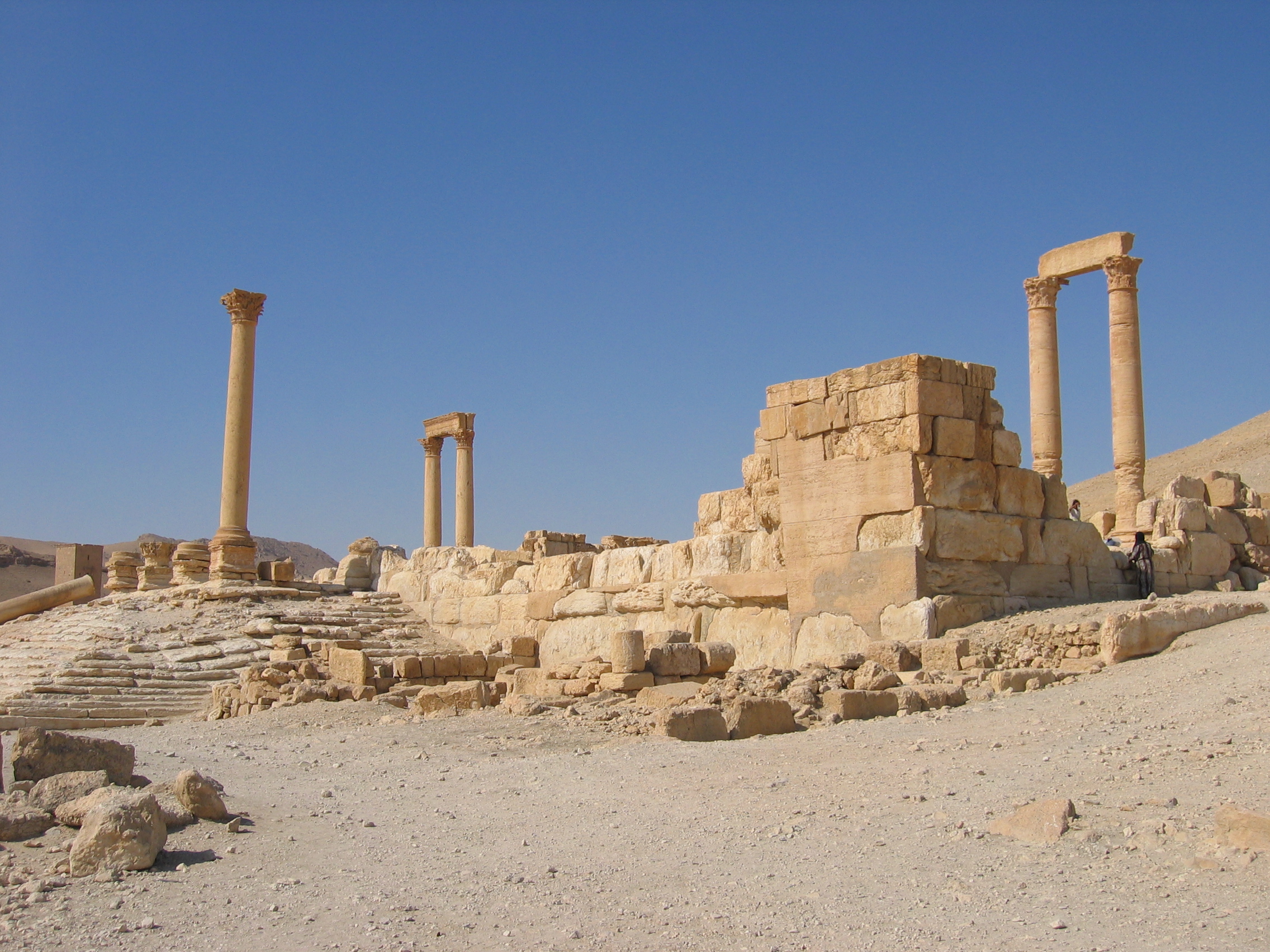Strata Diocletiana on:
[Wikipedia]
[Google]
[Amazon]
 The ''Strata Diocletiana'' (
The ''Strata Diocletiana'' (
The Roman Near East, 31 BC — AD 337
Harvard 1993. The ''strata'' was lined with a series of similarly-built rectangular forts () situated at one day's march (ca. 20 Roman miles) from each other. It began at the southern bank of the river
 The ''Strata Diocletiana'' (
The ''Strata Diocletiana'' (Latin
Latin ( or ) is a classical language belonging to the Italic languages, Italic branch of the Indo-European languages. Latin was originally spoken by the Latins (Italic tribe), Latins in Latium (now known as Lazio), the lower Tiber area aroun ...
for "Road of Diocletian
Diocletian ( ; ; ; 242/245 – 311/312), nicknamed Jovius, was Roman emperor from 284 until his abdication in 305. He was born Diocles to a family of low status in the Roman province of Dalmatia (Roman province), Dalmatia. As with other Illyri ...
") was a fortified road
A road is a thoroughfare used primarily for movement of traffic. Roads differ from streets, whose primary use is local access. They also differ from stroads, which combine the features of streets and roads. Most modern roads are paved.
Th ...
that ran along the eastern desert border, the ''limes Arabicus
The ''Limes Arabicus'' was a desert frontier of the Roman Empire, running north from its start in the province of Arabia Petraea. It ran northeast from the Gulf of Aqaba for about at its greatest extent, reaching northern Syria and forming part ...
'', of the Roman Empire
The Roman Empire ruled the Mediterranean and much of Europe, Western Asia and North Africa. The Roman people, Romans conquered most of this during the Roman Republic, Republic, and it was ruled by emperors following Octavian's assumption of ...
. As its name suggests and as it appears on milestone
A milestone is a numbered marker placed on a route such as a road, railway, railway line, canal or border, boundary. They can indicate the distance to towns, cities, and other places or landmarks like Mileage sign, mileage signs; or they c ...
s, it was constructed under Emperor Diocletian (r. 284–305 AD) as part of a wide-ranging fortification drive in the later Roman Empire.Fergus Millar
Sir Fergus Graham Burtholme Millar, (; 5 July 1935 – 15 July 2019) was a British ancient historian and academic. He was Camden Professor of Ancient History at the University of Oxford between 1984 and 2002. He is among the most influentia ...
The Roman Near East, 31 BC — AD 337
Harvard 1993. The ''strata'' was lined with a series of similarly-built rectangular forts () situated at one day's march (ca. 20 Roman miles) from each other. It began at the southern bank of the river
Euphrates
The Euphrates ( ; see #Etymology, below) is the longest and one of the most historically important rivers of West Asia. Tigris–Euphrates river system, Together with the Tigris, it is one of the two defining rivers of Mesopotamia (). Originati ...
and stretched south and west, passing east of Palmyra
Palmyra ( ; Palmyrene dialect, Palmyrene: (), romanized: ''Tadmor''; ) is an ancient city in central Syria. It is located in the eastern part of the Levant, and archaeological finds date back to the Neolithic period, and documents first menti ...
and Damascus
Damascus ( , ; ) is the capital and List of largest cities in the Levant region by population, largest city of Syria. It is the oldest capital in the world and, according to some, the fourth Holiest sites in Islam, holiest city in Islam. Kno ...
down to northeast Arabia.
References
Fortification lines Roman roads in Syria and Palestina Roman frontiers Roman fortifications in Roman Syria Diocletian Roman fortified roads in Syria Roman fortifications in Judea Late Roman Syria {{AncientRome-mil-stub